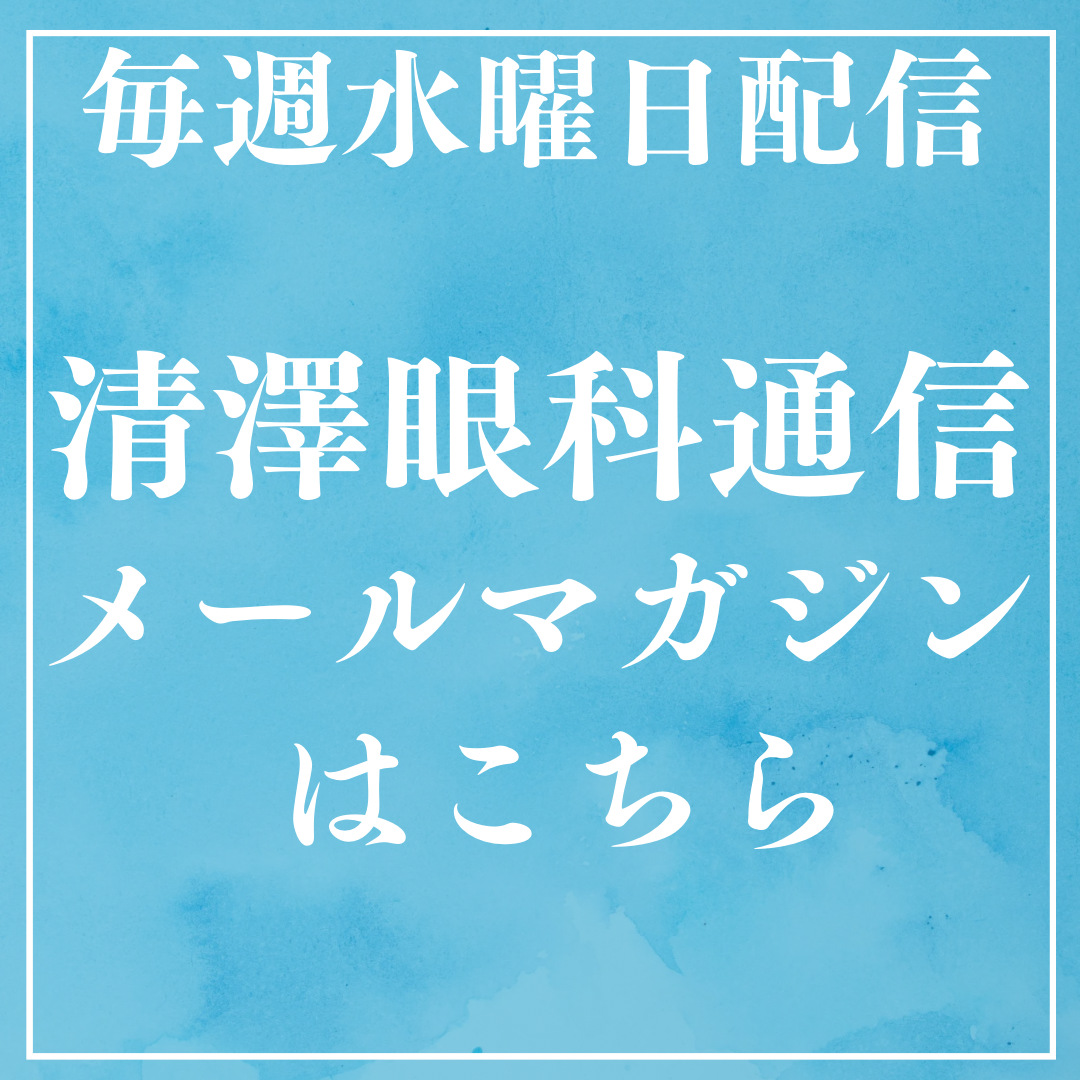以前の我々の総説が引用されているという事で[reserch Gate]からお祝いの連絡がありました。簡易なレビューですがその要点を此処にも採録しておきます。
Blepharospasm – A review and updates. Types and symptoms
Abstract (英語)
Essential blepharospasm (EB) is a form of common focal dystonia that is characterized by involuntary closure of eyelids. EB was thought to be a rare disorder, however, it is more recognized as a result of clinical use of botulinum toxin and increased publicity. Blepharospasm can be classified into three groups; essential, secondary, and drug-induced blepharospasm. Essential blepharospasm is the most common form of unknown origin. Symptomatic blepharospasm is known to occur as a consequence of the central nervous system disorders such as Wilson’s disease, Parkinson’s disease and progressive supranuclear palsy. Lesions in the basal ganglia and upper midbrain (stroke, multiple sclerosis, tumor and hydrocephalus) have been rarely reported in blepharospasm. Drug-induced blepharospasm (DIB) is associated with psychotropic medication such as neuroleptics, dopaminergics, antihistamines, calcium-channel blockers, and noradrenalin and serotonin reuptake inhibitor. EB has three major symptoms: motor, sensory, and psychiatric symptoms. The motor symptoms are excessive blinking and difficulty keeping the eyes open with or without apraxia of eyelid opening. Apraxia of eyelid opening is a syndrome characterized by difficulty in initiating the act of eyelid elevation. The sensory symptoms are eye discomfort such as irritation of the eyes and photophobia. These symptoms are often confused with dry eye which frequently precedes and coincides with EB. The photophobia in EB patients is a complex symptom associated with discomfort or pain. The main psychiatric symptom is depression. High incidence of concomitant depression and reduced health-related quality of life has been reported in EB patients.




コメント